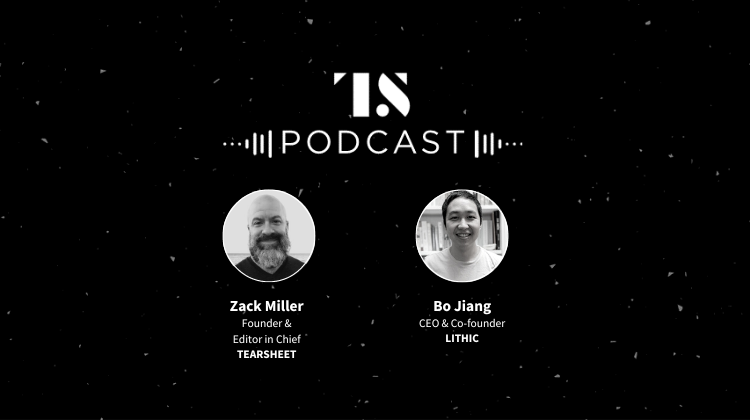Podcasts
‘For each card issuing module we roll out, we should have a unique right to win’: Lithic’s Bo Jiang
- Card issuing platform Lithic began as Privacy.com, which offers virtual payment cards to consumers.
- Co-founder and CEO Bo Jiang joins us on the podcast to discuss the benefits of running a B2B and B2C platform in parallel.








